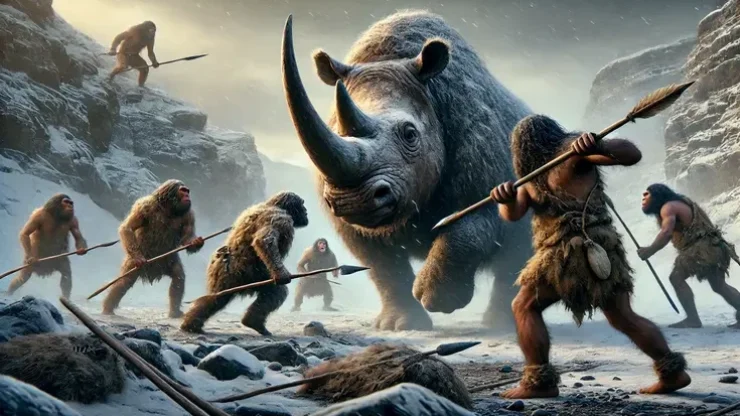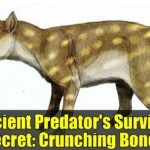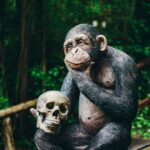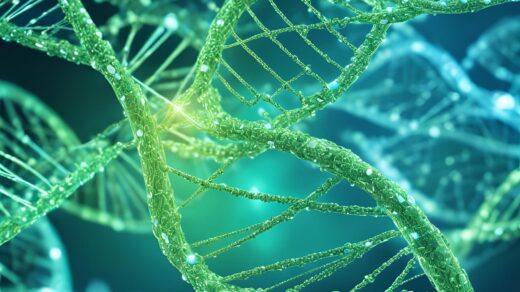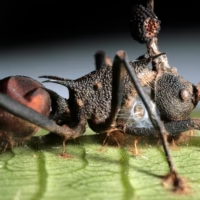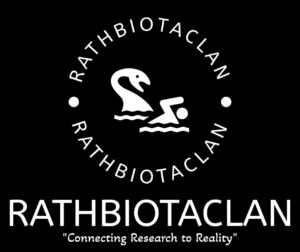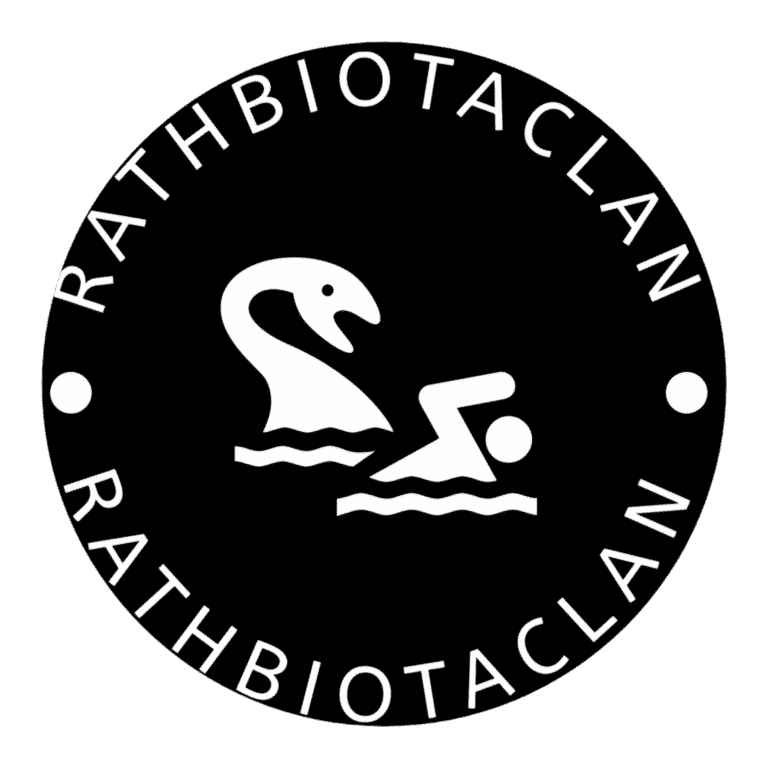The earliest significant change in the human diet took place at least 2.6 million years ago, when early hominins started adding meat and marrow from large game to their diets. Prior to that, it’s probable that their diet was like chimps’ today. Picture it all from the sweet fruit, flowers and leaves they most adore to those gross ants and other insects they enjoy most often, and they even treat themselves sometimes to some freshly caught little mammals or birds every now and again. But fossil records indicate that some early hominins ate hard foods such as seeds and nuts and USOs including roots and tubers too. This nutritional shift—characterized by the addition of animal-derived nutrients—was a turning point in human history. But how do we know when and where exactly that occurred? The key lies in the examination of butchery marks on fossilized bone, which gives us direct proof of early humans cutting meat and smashing bones to get at marrow.
When and Where Did Early Humans Begin to Eat Meat?
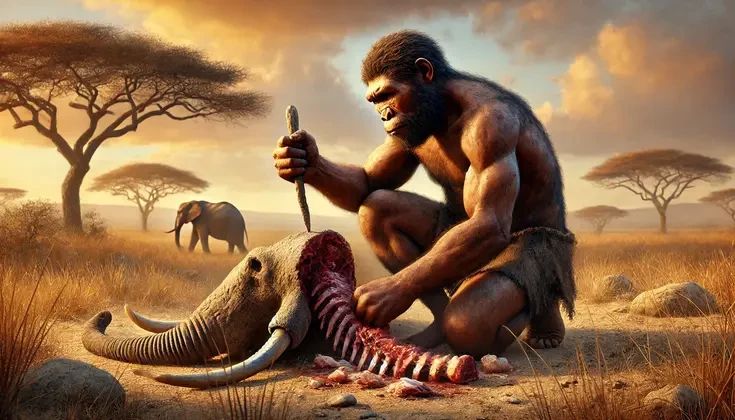
The earliest widely documented site demonstrating clear evidence of butchery. Dikika, Ethiopia (3.4 million years ago? Some researchers have proposed that Australopithecus afarensis engaged in some butchering right here, but this is currently being hotly debated by researchers. Kanjera, Kenya (2 million years ago): The earliest location with high densities of butchered animal remains and stone tools, suggesting a consistent meat-eating habit. Koobi Fora, Kenya (1.95 million years ago): Evidence of early humans consuming not only terrestrial animals, but also aquatic food such as turtles, crocodiles, and fish. Olduvai Gorge, Tanzania (1.8 million years ago): Fossil remains of butchered mammals from hedgehogs up to elephants, accompanied by stone tools. Koobi Fora, Kenya (1.5 million years ago): A group of butchered animals discovered with no stone tools, suggesting that the activities like butchery and tool-production were specialized into distinct areas. This general presence of evidence supports that meat-eating was a key component in the survival of early hominins, making it possible for them to harvest new ecological niches.
Who Was Eating Meat and Marrow?
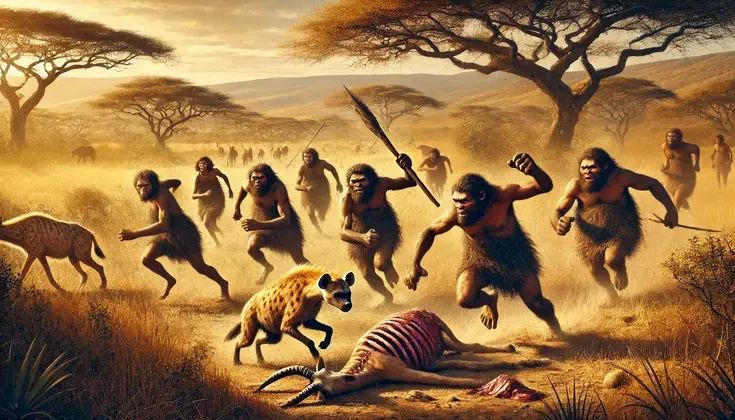
Approximately 2.6 to 2.5 million years ago there were at least three distinct species of hominins existing and thriving:
Australopithecus africanus
Australopithecus garhi
Paranthropus aethiopicus
Subsequently, Homo habilis emerged approximately 2.4–2.3 million years ago. All of these species are not directly associated with the consumption of meat, though. Butchered bones and stone tools have yet to be discovered with A. africanus or P. aethiopicus, so it is less likely that these species indulged in habitual carnivory. Fossil records indicate that A. garhi might have butchered animals, since cut-marked bones were found close to its remains. Perhaps the most significant shifts in what and how humans consumed meat occurred with Homo erectus. It’s really cool stuff, because these guys seriously overhauled meal plans to better accommodate life as a hunter-gatherer. This species exhibits characteristics related to increased meat consumption.like:. Teeth smaller as well as gut size reflecting energy density of diet. Greater body and brain size ( needing increased caloric consumption)
These bodily adaptations suggest that carnivory was a key factor in the evolutionary change toward the modern human.
What Made This Dietary Strategy Unique?
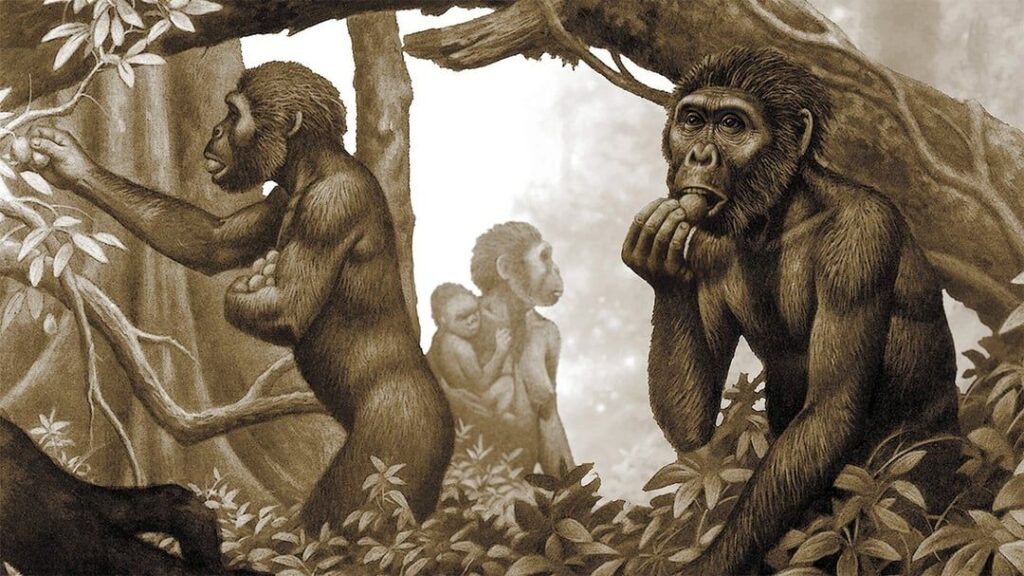
The early hominin carnivory was distinct from other primates in three ways:.
1. Application of Flaked Stone Tools: Early humans began to shift from depending only on fists and teeth to cutting up animals with sharp stones something new compared to chimps.
2. Hunting and Scavenging Large Animals: Unlike chimpanzees, who hunt small monkeys primarily, early humans had access to meat from much larger animals than themselves, such as elephants.
3. Scavenging as a Central Strategy of Hominin Expansion: In contrast to the chimpanzees, who are infrequent scavengers because they are inefficient at digesting carrion, early hominins actively scavenged meat from carcasses, even rivaling large carnivores. Expansion in diet could have been sparked by the expansion of grasslands throughout Africa, which raised the number of large grazing animals. Early hominins could exploit these resources, laying the foundation for dramatic evolutionary changes in behavior, social structure, and brain evolution.
Unresolved Questions in Hominin Diet Research
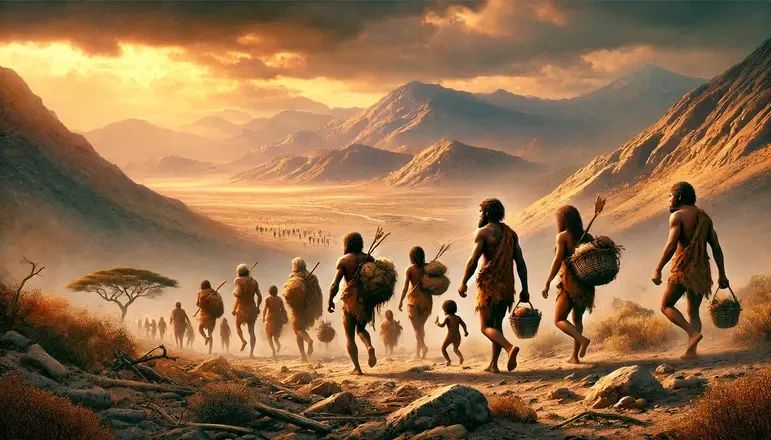
1. How crucial were animal resources?
Did hominins subsist more on meat, or did plants continue to dominate their diet? How varied was meat consumption by species, time, and environment?
2. How varied were scavenging opportunities?
Did prey size, species, predator behavior, or habitat affect the quantity of meat and marrow present?
When considering carving marks on bones recovered, consider whether different elements are poking around. For instance, the humans performing the butchery—those who hack the food into pieces and fragments—can be a factor.
Rights and wrongs with how they decide to carve and cut will influence it as well. Various groups of butchers in various regions of the world also do various things and ask questions differently. Where and how these butchering spots are created on bones will largely be based on how the butchery is done.
Why bones are butched, i.e., for various cultural occasions, festivities or certain meals, also decides how often butchery marks occur. Factors such as variability of local resources and what butcheratives take place in the household or as an exercise of butchery professionally at butcher yards also contribute. As knives and equipment are variable, so too are places in which cuts may be scored on animals.
3. How did early human beings get their carcasses?
Did they base it more on passive scavenging (wating for a predator to depart a carcass) or on confrontational scavenging (taking from a predator)? What were the environmental conditions that led them to either hunt or scavenge? Experimental modeling via cut marks, percussion marks and tooth marks is assisting us to learn about ancient human behavior and how they undertook their activity. It looks like they both hunted and scavenge, depending on what type of habitat they were dealing with and additionally how distinct different groups were acting.
READ MORE 📚 TOPICS:
- Mackerel Filter Traps 99% of Microplastics Before They Hit Your Drain
- Fetal Microchimerism: How a Baby’s Cells Stay With the Mother for Decades to Repair and Protect
- Zombie Ants Controlled by a Parasitic Fungus for 48 Million Years
- New Study Reveals how dark chocolate reduces biological aging
- New Limb Evidence Confirms Sahelanthropus tchadensis as the Earliest Hominin Biped
Conclusion
From a diet consisting nearly solely of plants to one where our bodies could break down and consume meat was literally a giant leap in our development. It conditioned our bodies to do new things and brought on whole new ways of thinking and approaching tasks that weren’t available to other primates in the skillset. From initial scavenging and use of tools to ultimately coming to dominate the hunter role, this shift in diet directed the path of our people. Although much is still unknown, continued study continues to reveal how the desire for meat contributed to humankind.

